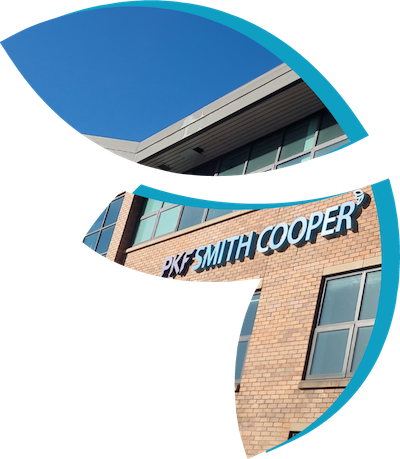As the nature of businesses has changed over the last 10 years, it makes sense that business software has done the same. Long gone are the days when any software worth its salt had to be located on site – now, businesses have more choice than ever before, with a variety of cloud solutions.
But one element of this that’s often overlooked is the process of changing between different types of software solutions. For example, you’ve been on a hybrid system for years, and then your board decides to move entirely to the cloud… how do you do that smoothly?
In today’s article, we’ll run through some of the steps you should take if you’re in charge of this important task.
Developing a Migration Plan
This may seem like an obvious step – surely everyone who’s looking to make this step has a migration plan, right?
That might well be the case – but having a migration plan by itself often isn’t enough.
For it to be truly successful, your plan needs to have clear objectives from the start. What will you be able to do on the fully cloud platform after a week, a month, or a year?
The amount of systems you have to migrate across to the cloud will also determine how big your migration team should be. But even if you only have a few of these, it’s still a good idea to assign dedicated people to the migration process, so that you’re able to work with people’s’ strengths while also ensuring the continuity of business operations.
On a similar note, you should also make sure the timeline for the migration is realistic. Of course, your timings will vary, but even a basic migration could take a few months from start to finish. If you have a sensible timeline in place, those objectives and goals we talked about before will be easier to place.
Selecting the Right Cloud Accounting Software
The next step in the process is selecting which cloud provider you’re going to move to. Of course, we have some suggestions, but if you’re looking more generally, there are some things you should definitely consider when comparing your options:
- How scalable is it? – If your company grows, will the software be able to handle the increased transactions?
- Can it be customised – And if it can, how far does this capability go?
- Does it integrate easily with other systems you use already?
- What kind of support or training will be offered to your company? – Will this be done through the software provider, or in-house?
Data Migration Strategies
The data migration itself should also be carefully managed. Before any of the migration activities can even start, it’s a good idea to prepare and clean the data you’ll be migrating. This will make things easier for you later on, as you can weed out duplicates and make naming conventions consistent.
This is where having a dedicated team really comes into its own – by having this on standby, you’re less leave your data open to failures of both integrity and security, making for a smoother process overall.
Doing a pilot test is also a good thing to consider. Think of it as a “dummy run” of your full migration – carried out on a small sample before it’s rolled out to the wider project.
Employee Training and Change Management
Even if all the above goes well, the switch to a completely new way of handling data is likely to fail if employees aren’t on board. After all, they’re the ones that are going to be using it every day!
This is why transparent communication and accessible training are so important. If you’ve got the above bits right, it’s likely none of the data they access will change. However, the way they access that data might well do. For example, is mobile access now an option? Answering the common questions before they get asked will help to foster a more positive attitude towards this change, which will help its acceptance in the long run.
Monitoring and Optimisation
And of course, your work isn’t done when your company is all set up on the cloud. You should run evaluations and monitoring after this point, to see what impact (positive or negative) the new system is having. Feedback and issues should also be addressed as promptly as possible This way, the cloud system is in a constant state of optimisation.
Switching from hybrid software to something fully cloud-based is undoubtedly a big undertaking. But despite all the moving parts, the process can be made easier by taking the time to nail down the reasons behind the switch, and to make sure your data is valid. These steps mean it’s more likely you’ll reap the long term benefits of a move to the cloud for years to come.
Migrating to the cloud is a breeze with Sage software. Contact PKF Smith Cooper Systems today to learn more about how our support team can make implementation easy.
Contact us on 01332 959008 or use the enquiry form.
Interested to know more about our Sage solutions?
Call 01332 959008 or enquire online today
"*" indicates required fields

